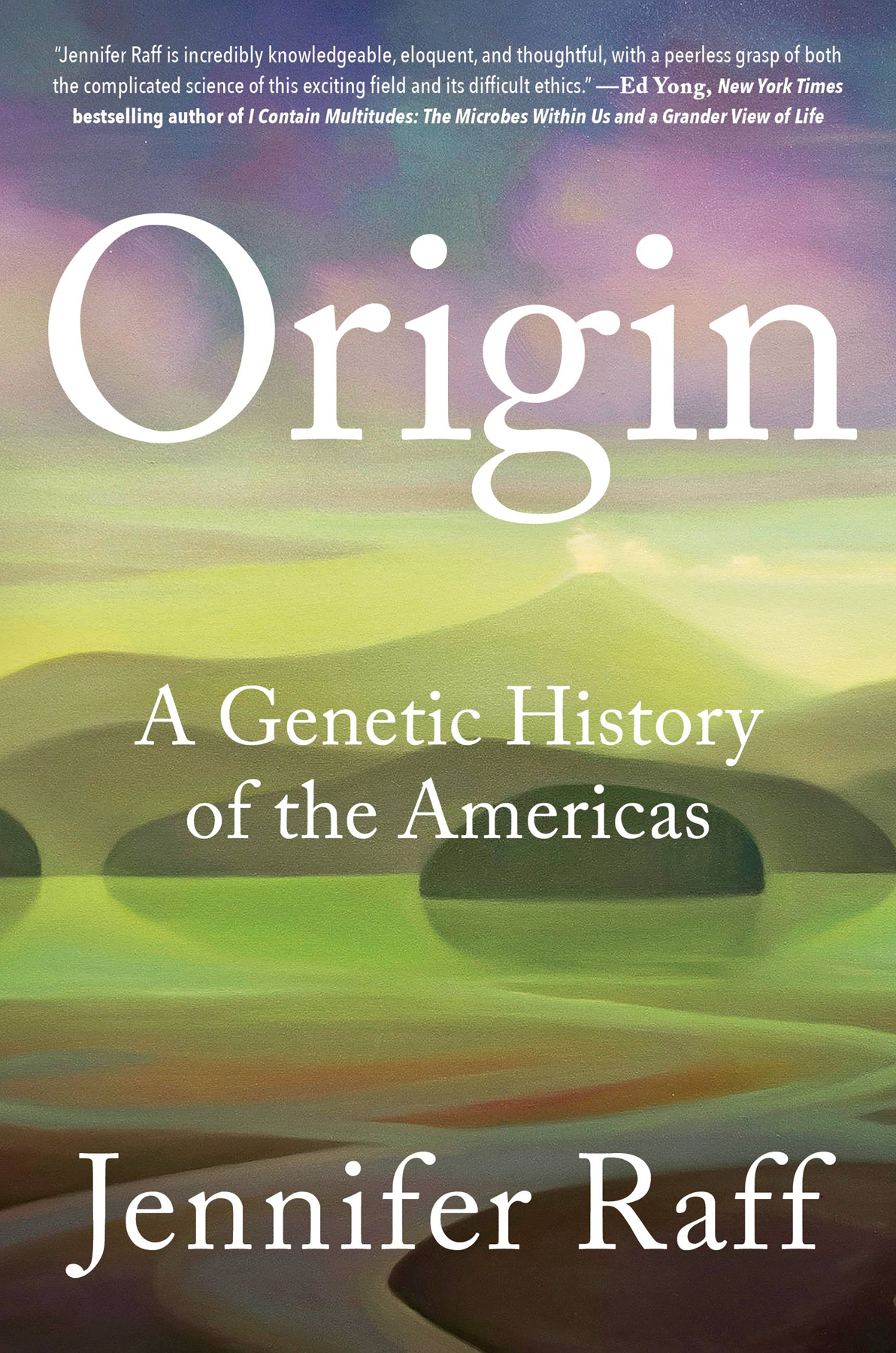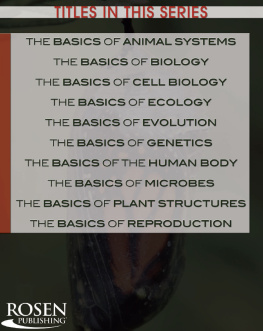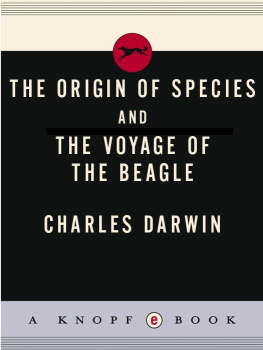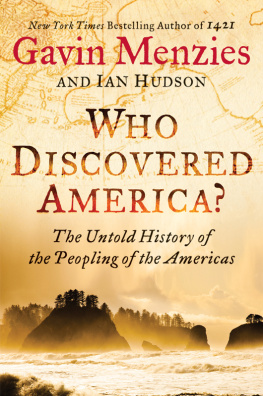
Copyright 2022 by Jennifer Raff
Jacket copyright 2022 by Hachette Book Group, Inc.
Hachette Book Group supports the right to free expression and the value of copyright. The purpose of copyright is to encourage writers and artists to produce the creative works that enrich our culture.
The scanning, uploading, and distribution of this book without permission is a theft of the authors intellectual property. If you would like permission to use material from the book (other than for review purposes), please contact permissions@hbgusa.com. Thank you for your support of the authors rights.
Twelve
Hachette Book Group
1290 Avenue of the Americas, New York, NY 10104
hachettebookgroup.com
twitter.com/grandcentralpub
First Edition: February 2022
Twelve is an imprint of Grand Central Publishing. The Twelve name and logo are trademarks of Hachette Book Group, Inc.
The publisher is not responsible for websites (or their content) that are not owned by the publisher.
The Hachette Speakers Bureau provides a wide range of authors for speaking events. To find out more, go to www.hachettespeakersbureau.com or call (866) 376-6591.
Library of Congress Cataloging-in-Publication Data
Names: Raff, Jennifer, author.
Title: Origin: a genetic history of the Americas / Jennifer Raff.
Description: First edition. | New York: Twelve, Hachette Book Group, February 2022. | Includes bibliographical references and index. |
Summary: From celebrated genetic anthropologist Jennifer Raff comes the untold storyand fascinating mysteryof how humans migrated to the AmericasProvided by publisher.
Identifiers: LCCN 2021031909 (print) | LCCN 2021031910 (ebook) | ISBN 9781538749715 (hardcover) | ISBN 9781538749708 (ebook)
Subjects: MESH: Genetics, Population | American Native Continental Ancestry Groupgenetics | Whole Genome Sequencingmethods | Paleontologymethods | DNA, Ancientanalysis
Classification: LCC QH455 (print) | LCC QH455 (ebook) | NLM QU 450 | DDC 576.5/8dc23
LC record available at https://lccn.loc.gov/2021031909
LC ebook record available at https://lccn.loc.gov/2021031910
ISBNs: 9781538749715 (hardcover), 9781538749708 (ebook)
E3-20211211-JV-NF-ORI
For Colin
This book was written on land taken from the Kaw (Kansa), Osage, and Shawnee nations.
Many tribes were forced into and out of Kansas prior to statehood. Today the State of Kansas is home to the Prairie Band Potowatomi Nation, the Kickapoo Tribe in Kansas, the Sac and Fox Nation of Missouri in Kansas and Nebraska, and the Iowa Tribe of Kansas and Nebraska. Because Lawrence, Kansas, is the location of Haskell Indian Nations University (formerly the United States Indian Industrial Training School, which opened in 1884), many American Indian and Alaska Native people from across the United States have ties to the region.
In our retellings I suppose we dont much bother
Keeping straight the bent details, crooked roads
In one tale after another, how we handed down
Sidelong versions of whatever happened next
Under ebbing oceans an ancient underground
Somewhere in the receding past they kept saying
Their slippery sense of community mattered, it
Shaped them, their history, the story they filled
Themselves with every day, waking their minds
Connecting to the history of memory as if it all
Felt real, seemed specific enough, logical enough
Those changing details that give rise to the world
In our retellings of the tale along a crooked road
Roger Echo-Hawk (Pawnee historian)
For ten thousand years, a cave on the northern tip of Prince of Wales Island in Alaska).
The cave provided an extraordinary window into the past.have served as a refuge for animals during the Last Glacial Maximum (LGM)a period in which much of northern North America was covered by massive glaciers. As the Earth warmed and the glaciers receded, northern North America gradually was repopulated by animals from these refugia, as well as by species that had crossed the Bering Land Bridge (BLB), sometime toward the end of the last glaciation. The BLB connected the continents of Asia and North America until about 10,000 years ago.
The unexpected discovery of an ancient human presence within Shuk Ka Cave made it even more significant, particularly to the Tlingit and Haida peoples who have lived in the region for millennia. A flaked stone spearpoint had been found and reported to the island archaeologist Terry Fifield a week before, but it was assumed to be just a single isolated find. When the human mandible was found, however, Heaton immediately knew that there was much more to the site than previously expected. He stopped excavations and radioed Forest Service law enforcement to report it. The next morning, Fifield flew to the site by helicopter to assess the situation. Following the stipulations of the Native American Graves Protection and Repatriation Act (NAGPRA), Fifield brought the mans remains back to the Forest Service and called the presidents of the Klawock and Craig tribal councils the next day to notify them of the discovery.
Over the following week, aided by the NAGPRA specialist at the Central Council of the Tlingit and Haida Indian Tribes of Alaska (CCTHTA), Fifield and tribal leaders set up a consultation session hosted by the Klawock tribe and invited five Tlingit and Haida tribes to help decide what should be done next.
The initial reaction from the communities was mixed. Some were reluctant to disturb the human bones any further. But other community members wanted to learn what information the ancient man could reveal about the history of the people in the region. As I remember those initial talks, Terry Fifield told me in an email, council members wondered who this person might be, whether he was related to them, how he might have lived. It was that curiosity about the man that inspired the partnership at the beginning.
After much discussion and debate, community members eventually agreed that the scientists could continue their dig and study the ancient remains. They stipulated that excavations would immediately cease if the cave turned out to be a sacred burial site. They also mandated that the scientists were to share their findings with them before they were published and consult with community leaders on all steps taken during the researchand the community members would rebury their ancestor following the work.
The scientists involved agreed to all of these stipulations and updated the tribes regularly on their findings as the work progressed. Terry Fifield attended tribal council meetings and sought permission from the council whenever a journalist or filmmaker wanted to do a story on the site. Archaeologist E. James Dixon from the Denver Museum of Natural History developed a National Science Foundationfunded research project to excavate the cave, which also funded internships for tribal citizens to participate directly in the excavations. In subsequent years Sealaska Corporation, the Alaska Native Regional Corporation for the area, provided additional funding for internships to students working with the project.
This partnership between community members, archaeologists, and the Forest Service was fruitful. Over five seasons of archaeological fieldwork, seven human bones and two human teeth were recovered from inside the cave. All belonged to a single man. His bones were scattered and damaged by carnivores and were distributed across approximately 50 feet of a passage in sediments that had been churned up by water from a small spring. It was clear to archaeologists and community members alike that this was not the site of a deliberate burial; excavating his remains would not only help people learn more about the past, but it would also allow the communities to provide him with a respectful burial.







